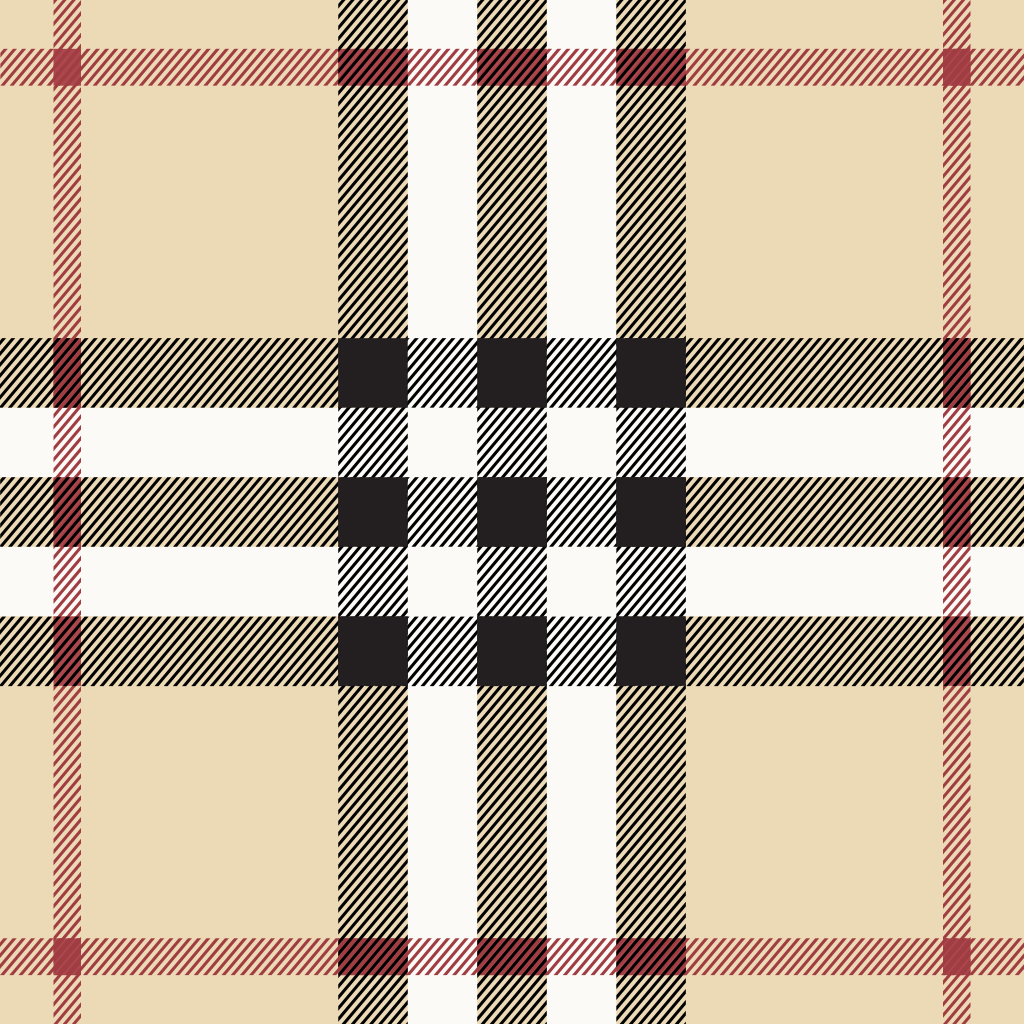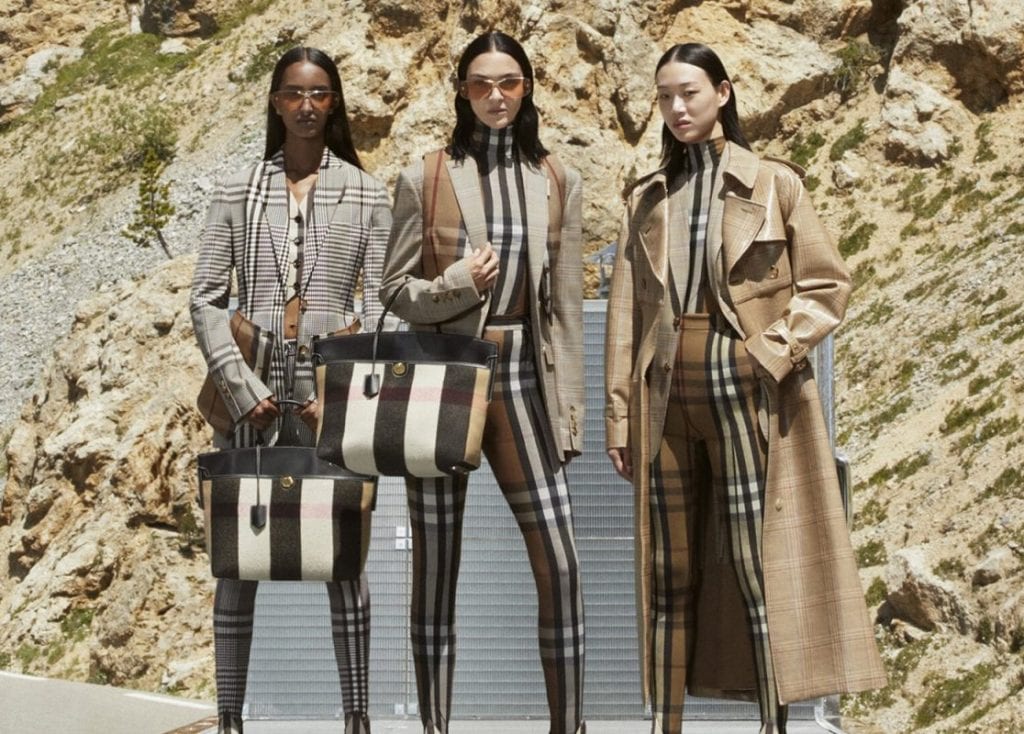Burberry has prevailed in the trademark case that it filed in an Italian court against a handful of Chinese entities that were selling garments bearing a plaid print suspiciously similar to the iconic pattern that it started using on the lining of its famed Gabardine trench coats in the early 1920s, and has since taken to incorporating into everything from its garments and handbags to fragrances and footwear. In a recently-issued decision, the criminal division of the Italian Supreme Court sided with the stalwart British brand, thereby, overturning a couple of unfavorable rulings from the lower courts.
On the heels of filing suit and accusing the defendants of engaging in trademark infringement, and violating various articles of the Italian Criminal Code, which outlaws the illicit manufacture and sale of another party’s “trademarks or distinguishing signs or patents, models or designs,” the Court of Rome handed Burberry a loss in the first round of the case. The district-level court held that because the defendants’ patterned wares did not include the Burberry name, consumers were not likely to view Burberry as the source of the products, thereby, enabling the defendants to avoid infringement liability.
On appeal, Burberry argued that the lower court got it wrong, and that its check pattern, alone, serves as an indicator of source. As a result, counsel for the 164-year old fashion brand argued that the defendants’ unauthorized reproduction of the pattern – with or without the “Burberry” word mark – is likely to prompt consumers to believe that the goods are associated with Burberry, thereby, making such use infringing in nature. The Court of Appeal agreed in part, determining that the defendants’ unauthorized use of the Burberry check trademark could constitute infringement without the use of the Burberry name. However, the court stopped short of handing Burberry a victory, holding that the check pattern falls in the broader “category of the famous Scottish tartans.”
With that in mind, the court found that Burberry’s own tan, black, white, and red tartan is incapable of serving as an indicator of a single source, such as Burberry. Or in other words, it does not function as a trademark. (After all, the core function of a trademark, whether it be a word, phrase, symbol, and/or design, is to identify and distinguish the source of the goods/services of one party from those of others).

Fast forward to October 2020, and following the blow from the Court of Appeal (one that could have proven to be a notable – and potentially, quite costly – loss for the brand in the Italian market given that the check is one of its foremost trademark assets), the Supreme Court sided with Burberry. In its recently-issued decision, the high court upheld the Court of Appeal’s determination that it is not necessary for both the Burberry name and its check pattern to be reproduced in order for infringement to take place. In fact, the court held that “trademark infringement occurs even in cases of partial reproduction of the trademark where it is likely to create confusion with the earlier registered mark.”
The court went on to note that this is particularly true in cases where the trademark at issue has an established reputation – or when the mark is “known by a large portion of the public and can be immediately recognized as relating to the products and services for which the mark is used” – which it found to be relevant in the case at hand.
The designation as a mark with “reputation” is significant, as “it is globally recognized that such marks enjoy a broader scope of protection that goes beyond the traditional principles governing trademarks,” as DLA Piper’s Karine Disdier-Mikus and Nancy Larrieu previously put it, noting that within the European Union, in particular, trademarks with “reputation” enjoy heightened protections as a result of the European trademark reform adopted in late 2015. (As for how courts and intellectual property bodies, determine when a trademark is reputable, they traditionally consider elements, such as “trademark awareness, market share, extent of use, geographical scope of use, duration of use, and promotional activities” when determining the reputation of a trademark).
“Despite the fact the case relates to the violation of criminal law, which protects public faith and therefore, leaves out any consideration of actual confusion of the public, this decision represents an important precedent for Burberry,” according to Bird & Bird LLP’s Cristiana Andreotta. That is “not only because the decision has recognized reputation and distinctive character for the Burberry check, but above all because it has overturned dangerous precedents set out in the first and second instance judgments that were completely inconsistent with Italian case law.”
In connection with its role as a well-known indicator of source, Burberry maintains valid trademark rights and registrations for its check pattern – or more specifically, “a repeating plaid pattern consisting of a tan background, light tan vertical and horizontal lines, black vertical and horizontal lines, white squares, and red vertical and horizontal lines” – across the globe for use on goods and services ranging from garments and leather goods to mobile phones and home wares.











